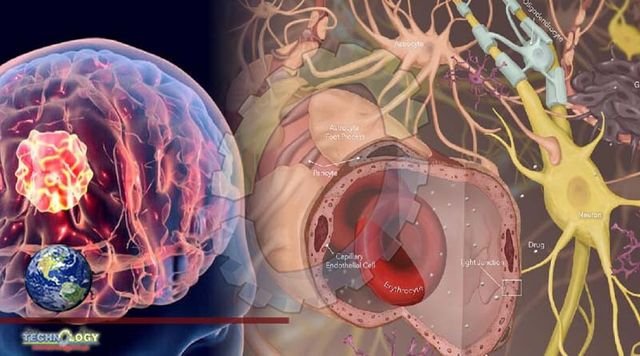Drug Found To Stop Nervous System Tumor Growth Researchers discover that in the NF1 cancer predisposition syndrome, hyperactive neurons drive tumor growth

Neurofibromatosis type 1 (NF1) patients develop tumors on nerves throughout their bodies. These tumors are typically benign, meaning they do not spread to other parts of the body and are not considered life-threatening; however, they can still cause serious medical problems, such as blindness, when they form in the brain and nerves. Researchers at Washington University School of Medicine in St. Louis discovered that neurons with a mutation in the Nf1 gene are hyperexcitable and that suppressing this hyperactivity with lamotrigine, Drug Stop Nervous System approved by the FDA to treat epilepsy, stops tumor growth in mice.
“Tumors are very common in people with NF1,” said senior author David H. Gutmann, MD, Ph.D., the Donald O. Schnuck Family Professor and director of the Washington University Neurofibromatosis (NF) Center. “We’ve shown that we can block the growth of NF1 tumors by shutting off neuronal hyperexcitability. We’ve done it now a couple of different ways, and there’s no question that repurposing antiepileptics are an effective way to inhibit tumor growth, at least in mice. This underscores the critical role that neurons play in tumor biology.”
NF1 is a genetic disorder that affects one out of every 3,000 people on the planet. Mutations in the NF1 gene cause the condition. The disorder can affect any part of the body, but the most common symptoms are light brown spots on the skin, benign nerve tumors called neurofibromas, brain and optic nerve tumors, bone deformities, and cognitive differences such as autism, learning disabilities, and attention deficit hyperactivity disorder.
Last year, Gutmann and Michelle Monje, MD, Ph.D., a neurology professor at Stanford University School of Medicine and a Howard Hughes investigator, discovered that light increases neuronal activity in the eyes of Nf1-mutant mice, causing tumors to form on the optic nerve, which connects the eyes and the brain. In the new study, they — along with first author Corina Anastasaki, Ph.D., an assistant professor of neurology at Washington University, and co-author Lu Q. Le, MD, Ph.D., a professor of dermatology at the University of Texas, Southwestern Medical Center — investigated how increased neuronal activity leads to tumors in people with NF1
The researchers studied neurons from mice with and without Nf1 gene mutations. At baseline, neurons from mice with tumor-causing Nf1 mutations fired electrical impulses more frequently than neurons from normal mice. These hyperexcitable neurons then released molecules that increased the growth of brain and nerve tumors. This hyperexcitability, the researchers discovered, was the result of a dysfunctional ion channel that changed the baseline electrical activity inside the neurons.
Source: This news is originally published by scitechdaily